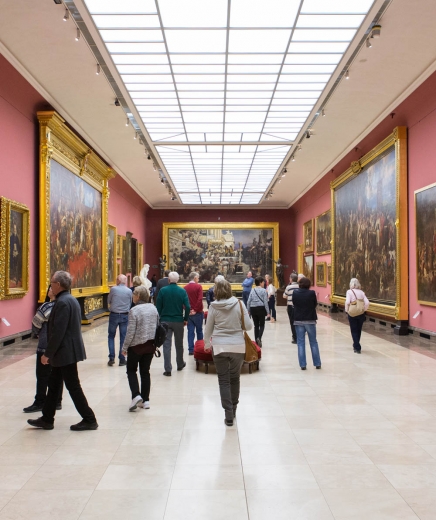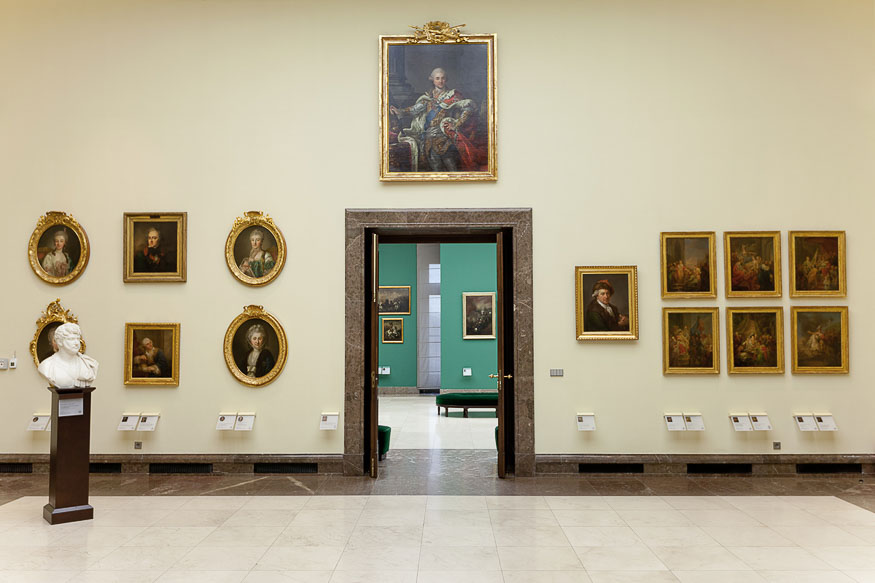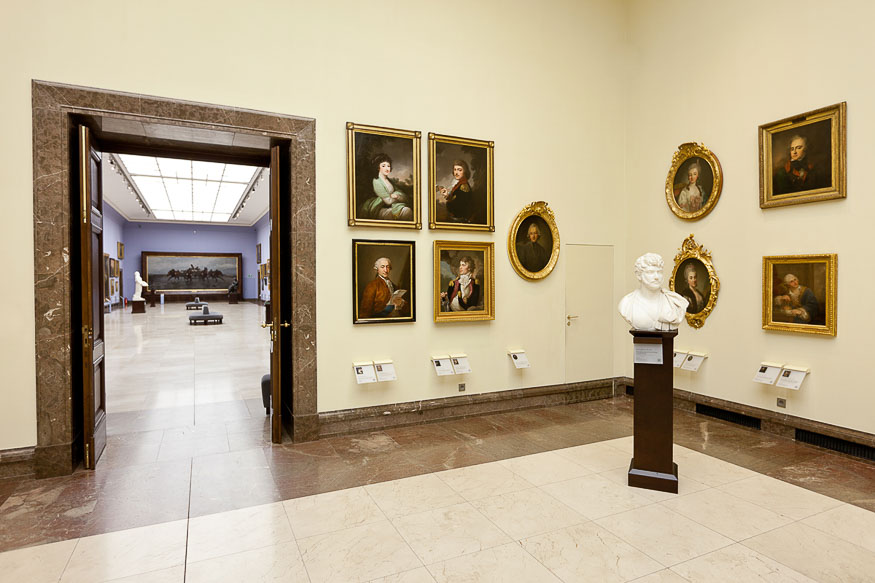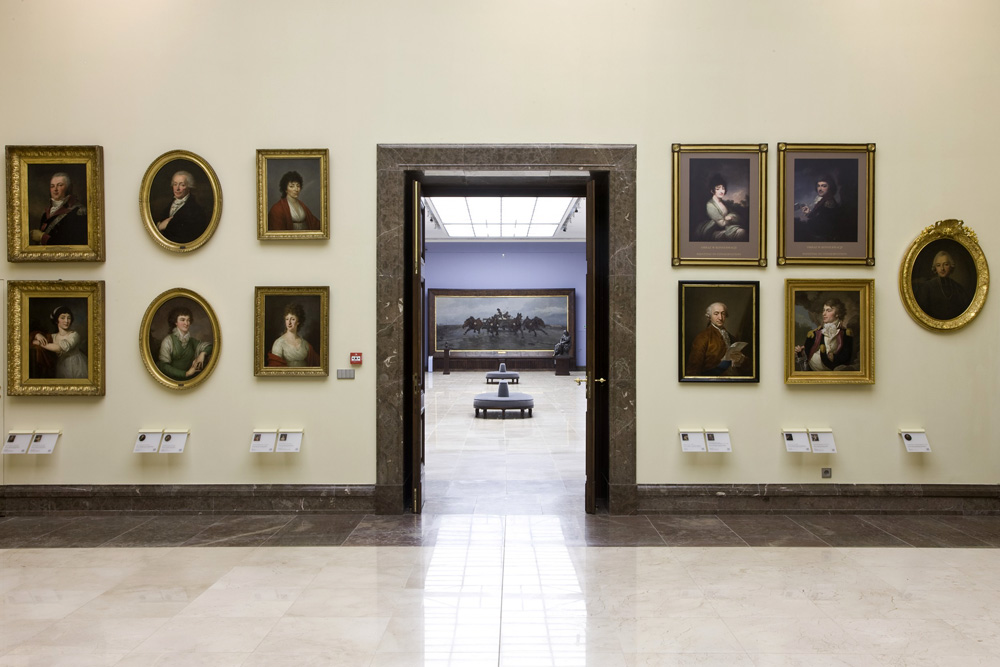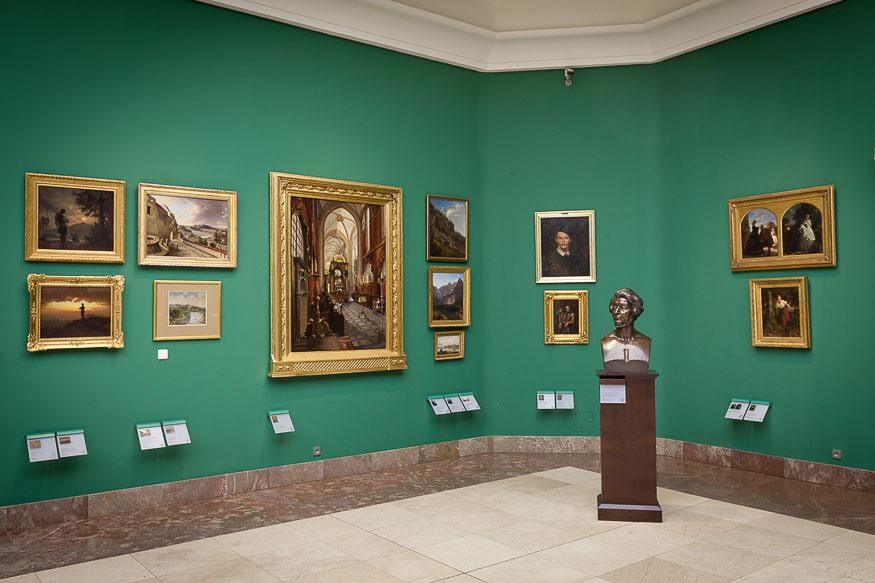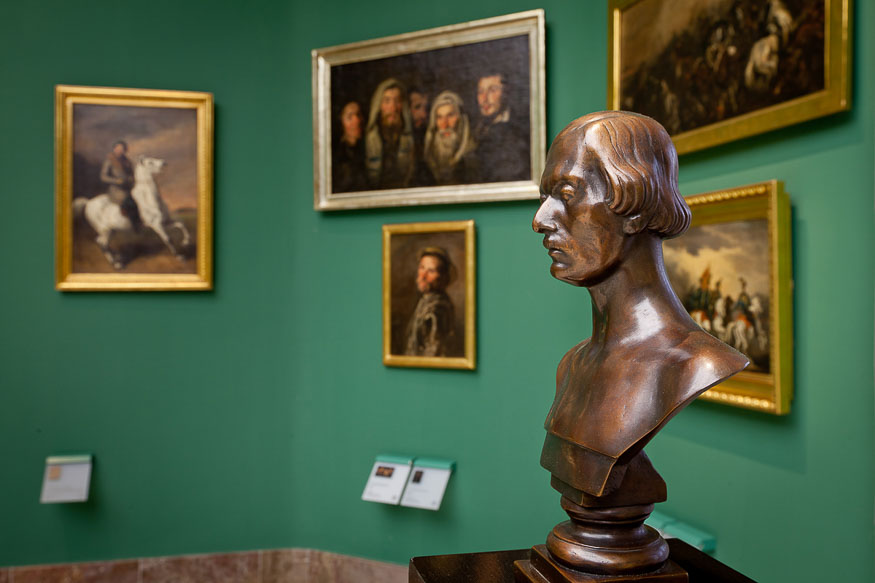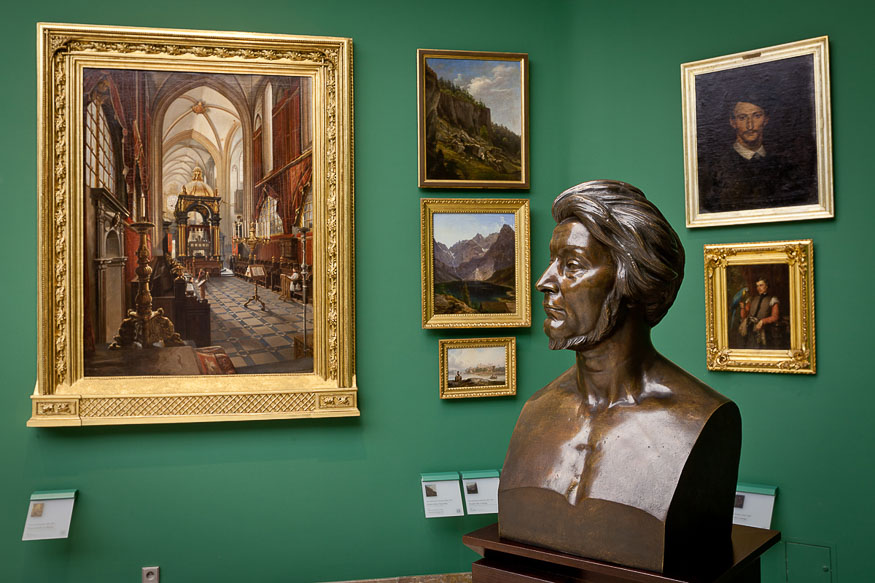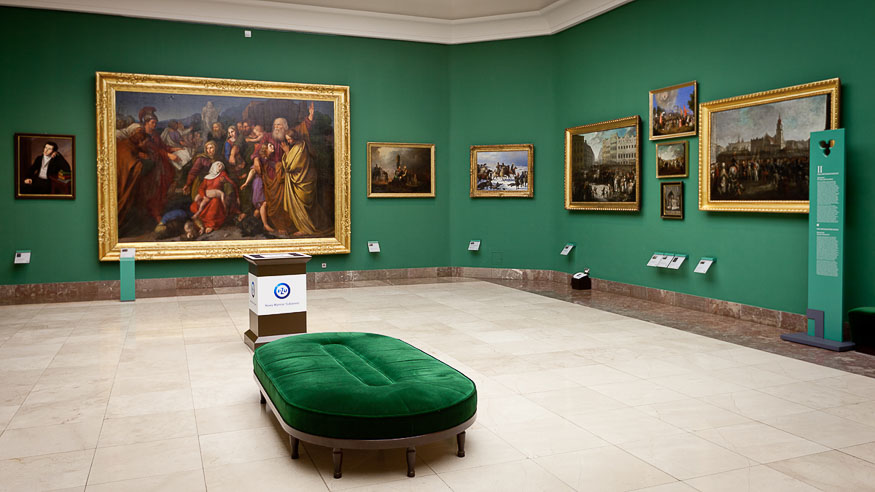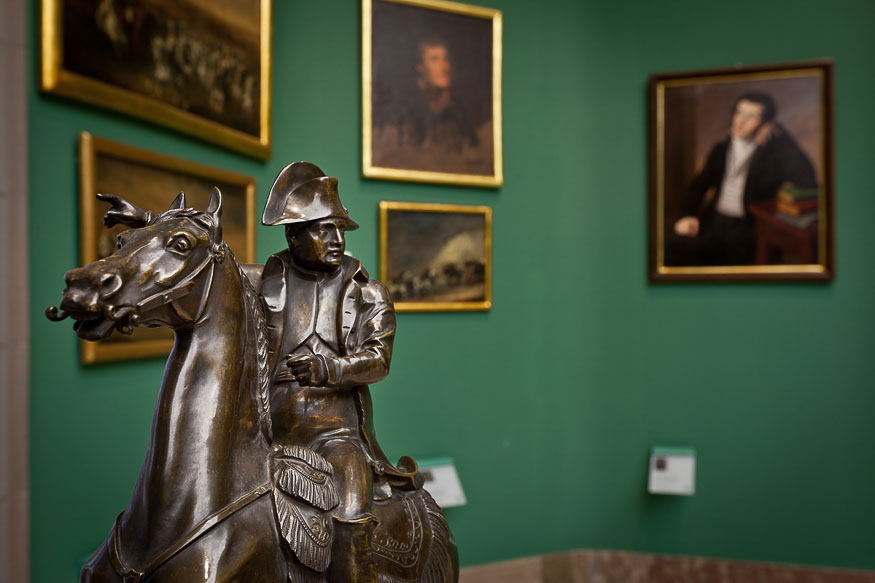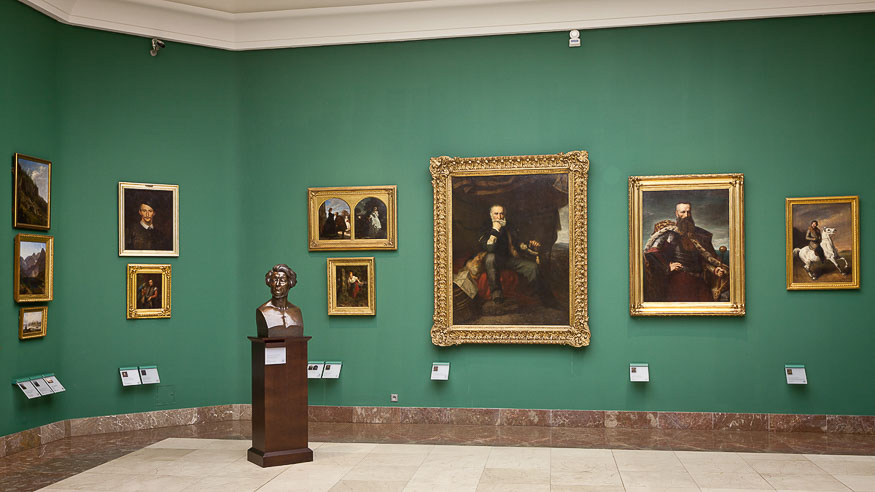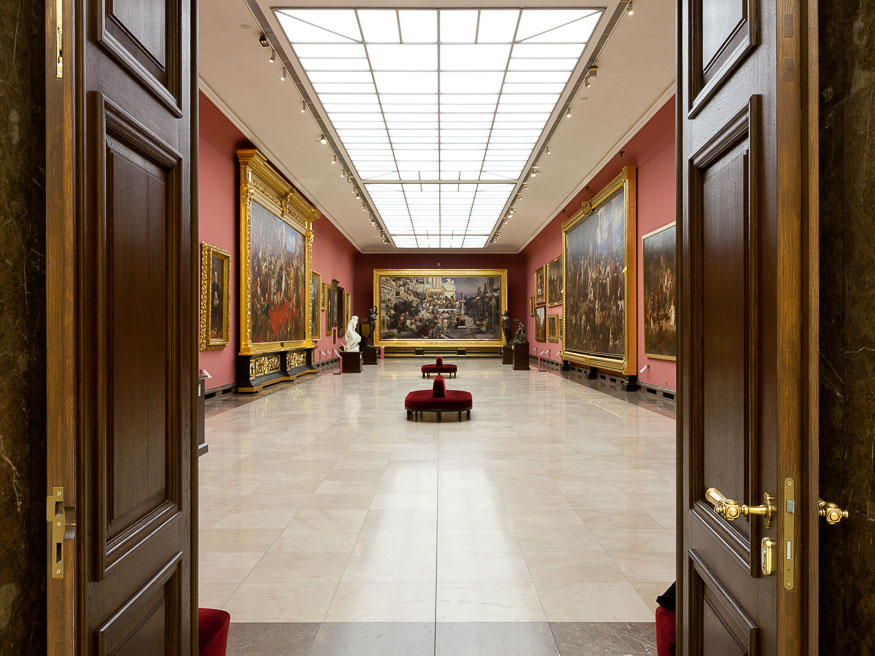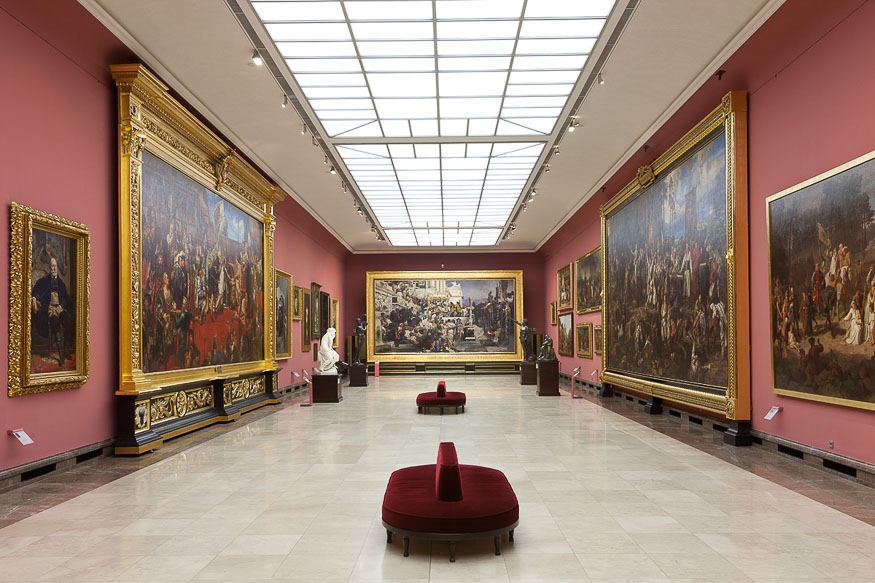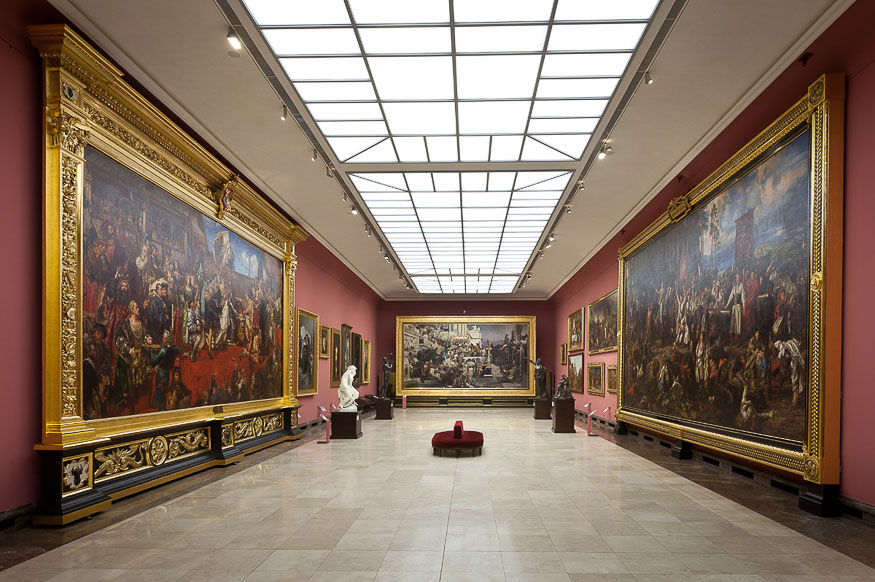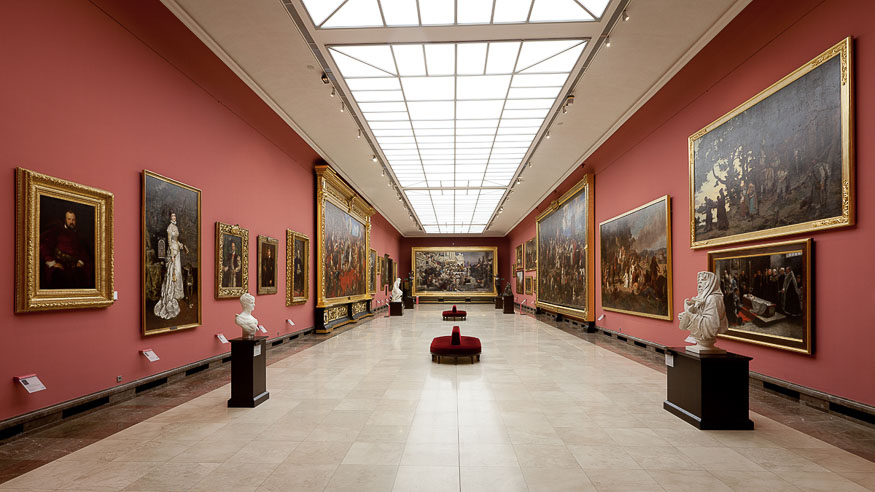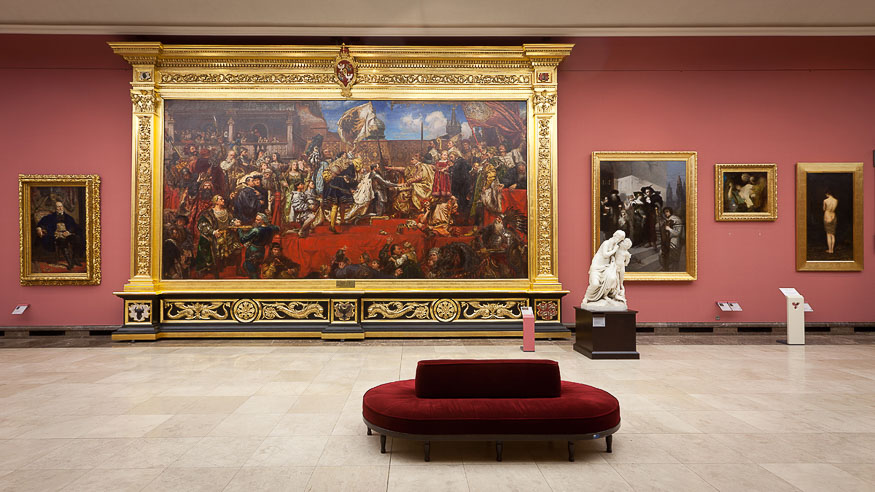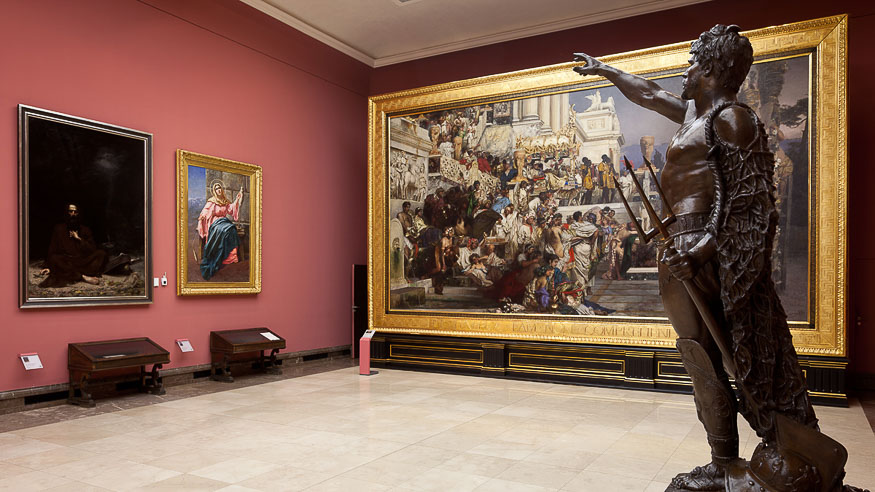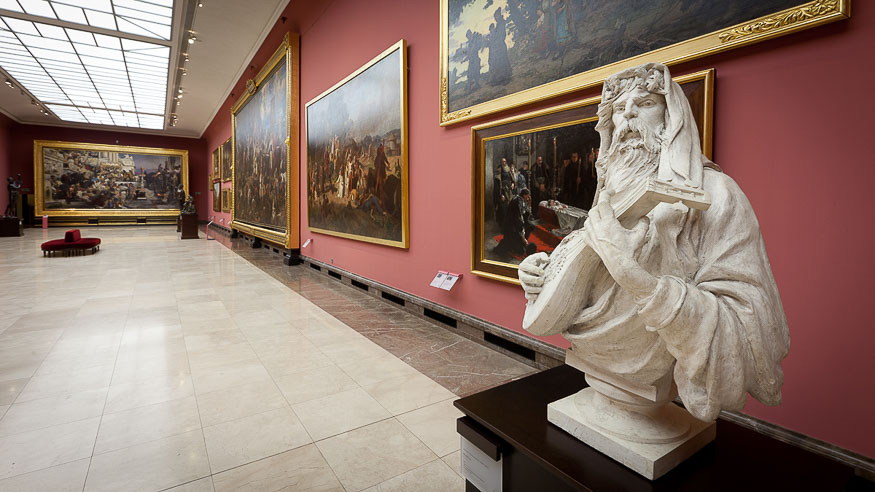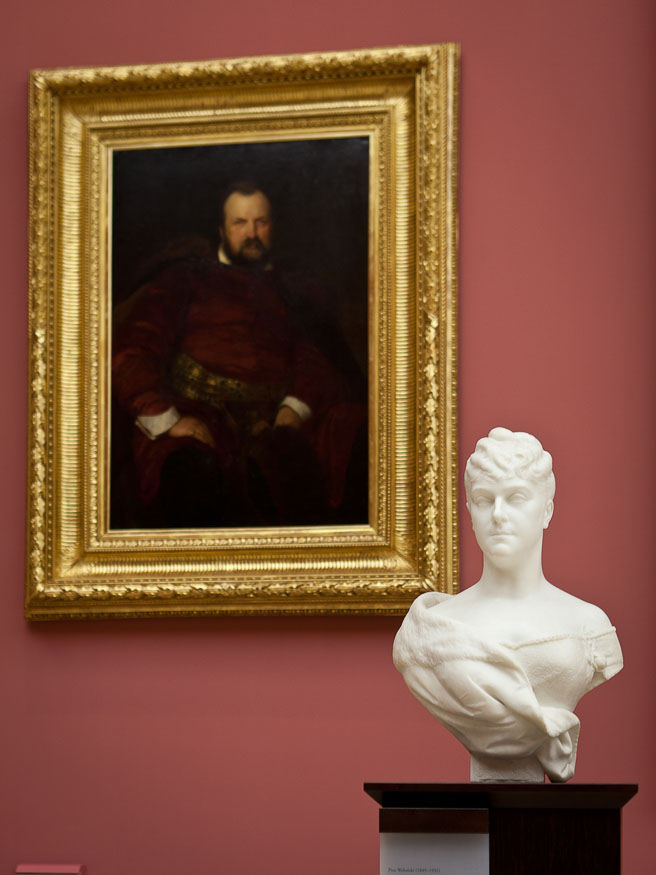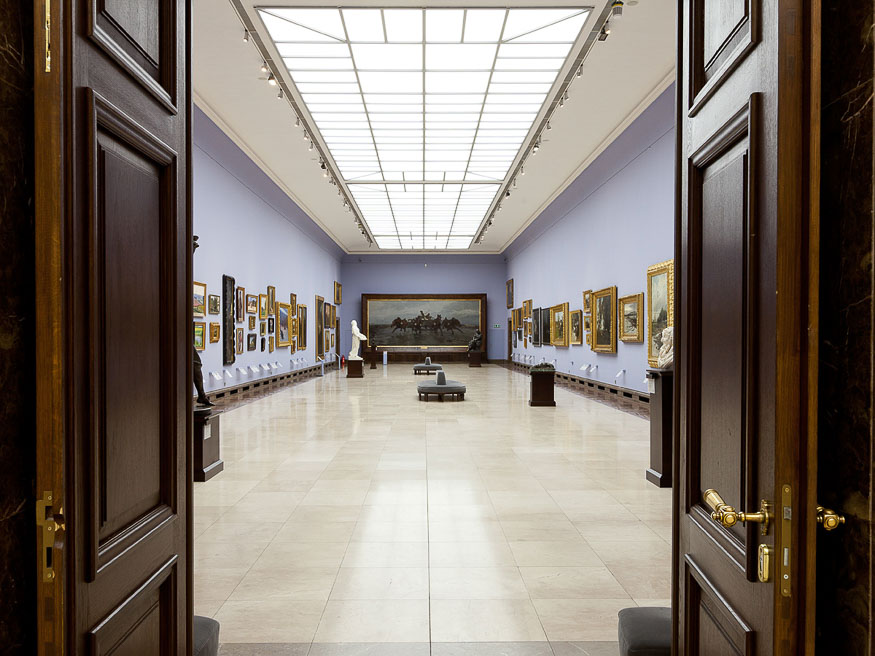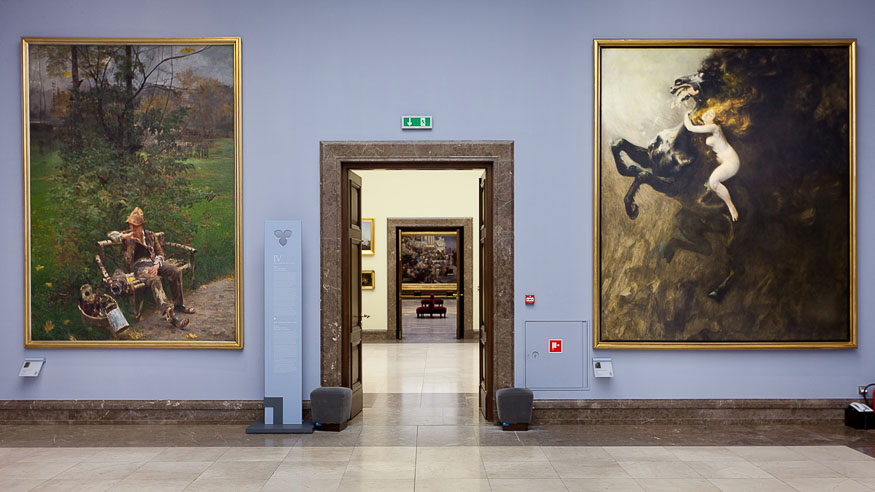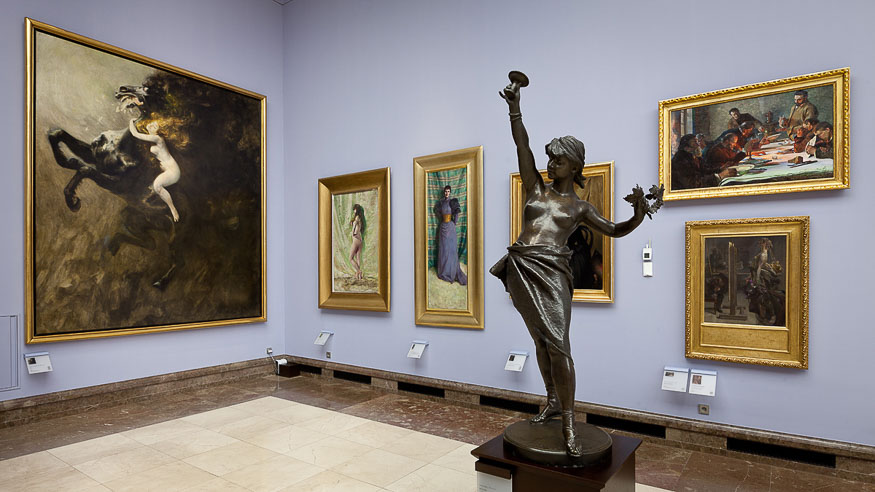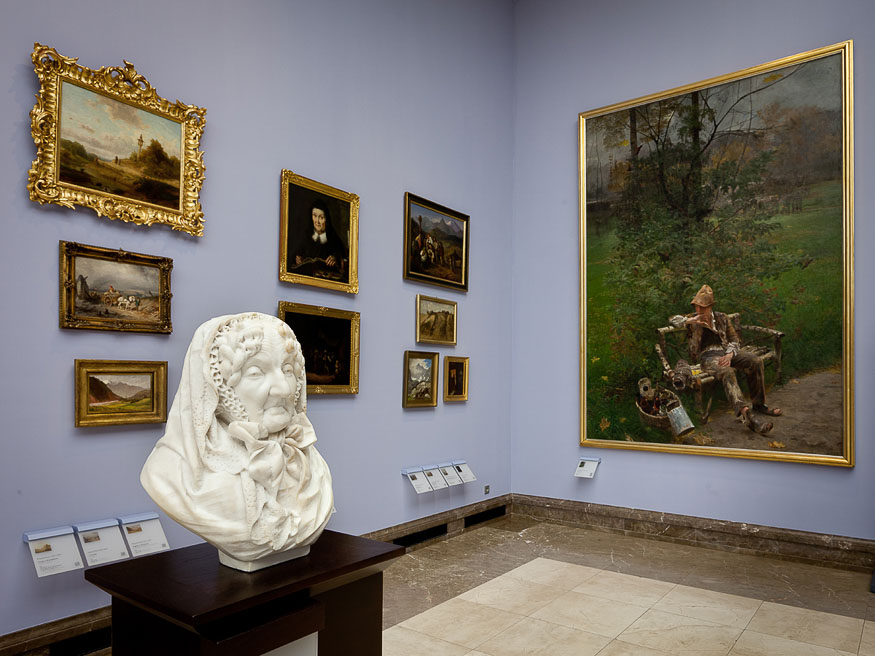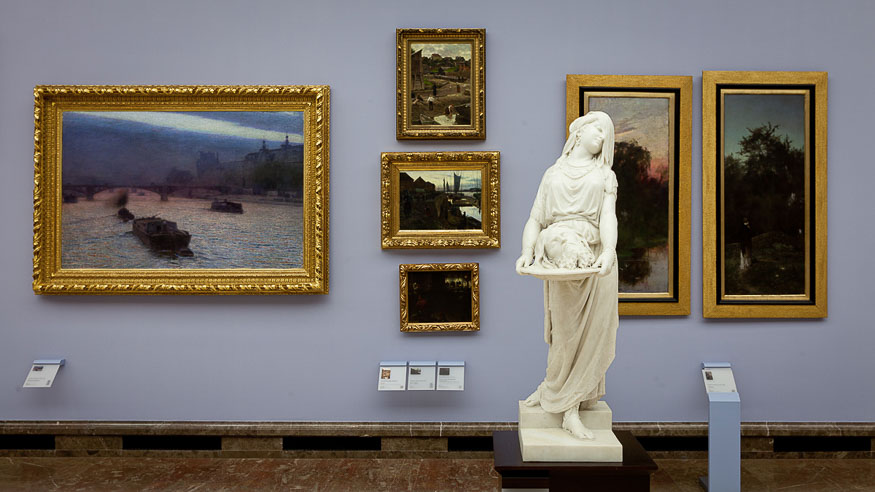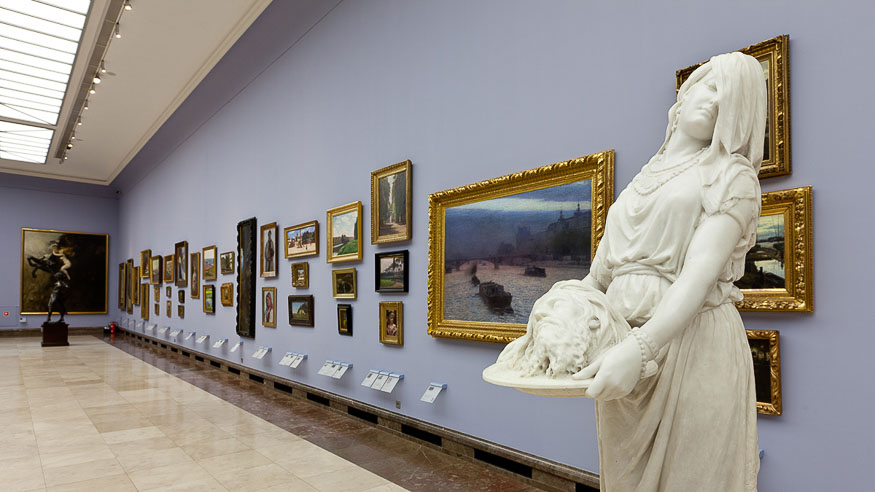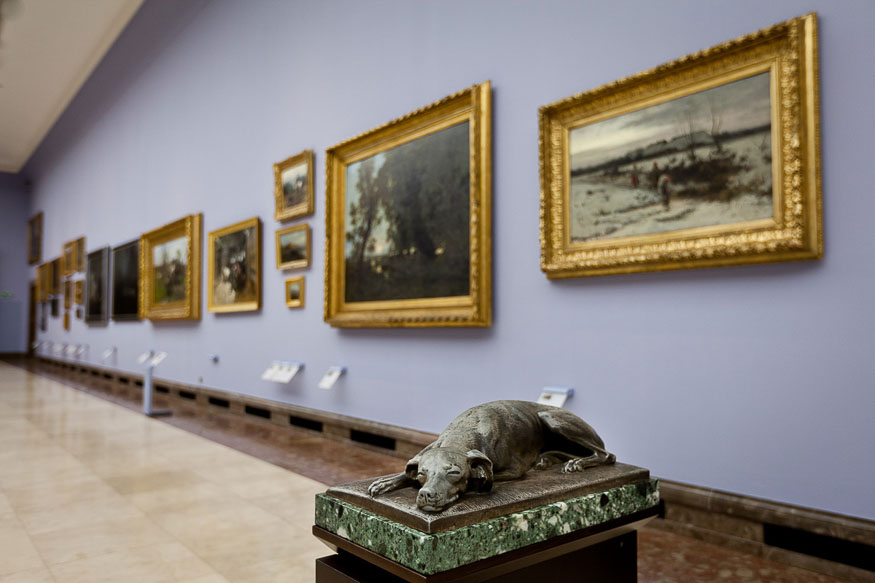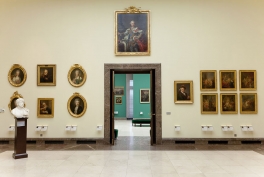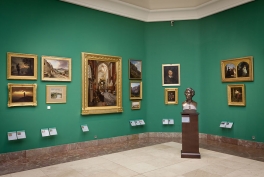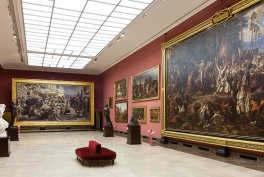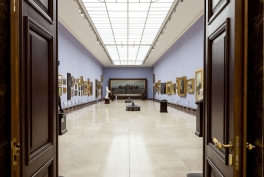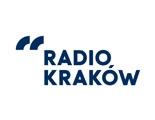The Siemiradzki Room
The Gallery of 19th-Century Polish Art in the Sukiennice
/ photo by Mirosław Żak - Photography Studio, NMK
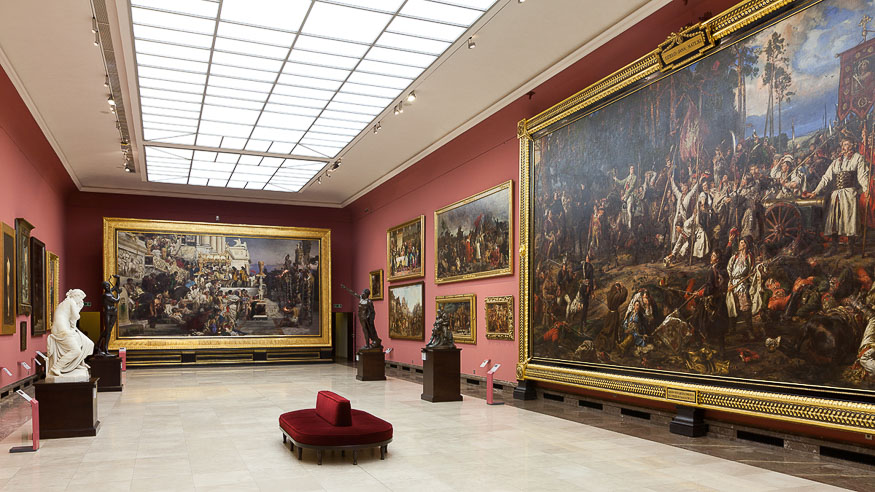
The Siemiradzki Room
The Gallery of 19th-Century Polish Art in the Sukiennice
/ photo by Mirosław Żak - Photography Studio, NMK
![The Sukiennice Gallery - The Siemiradzki Room]()
The Siemiradzki Room
The Gallery of 19th-Century Polish Art in the Sukiennice
/ photo by Mirosław Żak - Photography Studio, NMK
![The Sukiennice Gallery - The Siemiradzki Room]()
The Siemiradzki Room
The Gallery of 19th-Century Polish Art in the Sukiennice
/ photo by Mirosław Żak - Photography Studio, NMK
![The Sukiennice Gallery - The Siemiradzki Room]()
The Siemiradzki Room
The Gallery of 19th-Century Polish Art in the Sukiennice
/ photo by Mirosław Żak - Photography Studio, NMK
![The Sukiennice Gallery - The Siemiradzki Room]()
The Siemiradzki Room
The Gallery of 19th-Century Polish Art in the Sukiennice
/ photo by Mirosław Żak - Photography Studio, NMK
![The Sukiennice Gallery - The Siemiradzki Room]()
The Siemiradzki Room
The Gallery of 19th-Century Polish Art in the Sukiennice
/ photo by Mirosław Żak - Photography Studio, NMK
![The Sukiennice Gallery - The Siemiradzki Room]()
The Siemiradzki Room
The Gallery of 19th-Century Polish Art in the Sukiennice
/ photo by Mirosław Żak - Photography Studio, NMK
![The Sukiennice Gallery - The Siemiradzki Room]()
The Siemiradzki Room
The Gallery of 19th-Century Polish Art in the Sukiennice
/ photo by Mirosław Żak - Photography Studio, NMK
![The Sukiennice Gallery - The Siemiradzki Room]()
The Siemiradzki Room
The Gallery of 19th-Century Polish Art in the Sukiennice
/ photo by Mirosław Żak - Photography Studio, NMK
![The Sukiennice Gallery - The Siemiradzki Room]()
The Siemiradzki Room
The Gallery of 19th-Century Polish Art in the Sukiennice
/ photo by Mirosław Żak - Photography Studio, NMK
![The Sukiennice Gallery - The Siemiradzki Room]()
The Siemiradzki Room
The Gallery of 19th-Century Polish Art in the Sukiennice
/ photo by Mirosław Żak - Photography Studio, NMK
![The Sukiennice Gallery - The Siemiradzki Room]()
The Siemiradzki Room
The Gallery of 19th-Century Polish Art in the Sukiennice
/ photo by Mirosław Żak - Photography Studio, NMK
![The Sukiennice Gallery - The Siemiradzki Room]()
